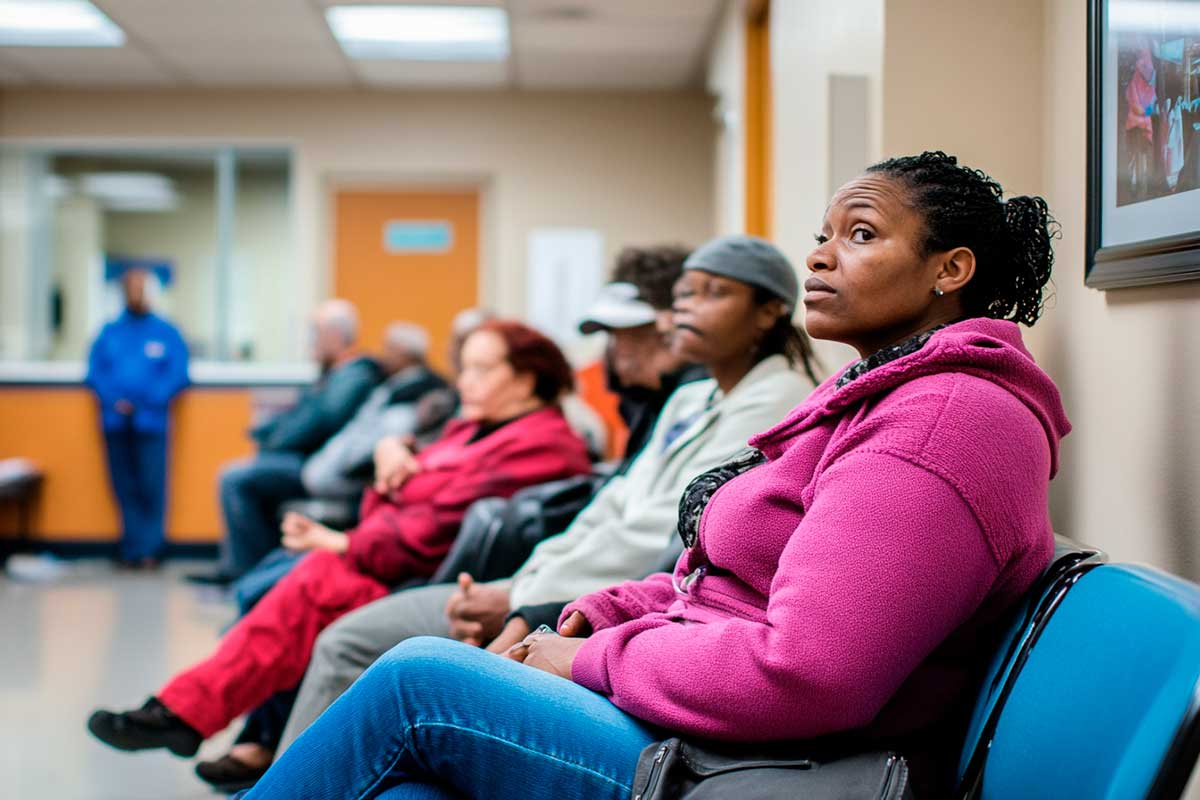The Influence of Private Health Insurance on Access Inequality in the US
The US healthcare system is heavily reliant on private health insurance, leaving millions of Americans without comprehensive coverage. Unlike countries with universal systems, access to healthcare in the US is largely dependent on employment and financial stability.
This reliance exacerbates disparities, creating significant barriers for low-income families, minorities, and the unemployed. This article explores the role of private health insurance in perpetuating these inequalities and examines potential alternatives for a more inclusive healthcare system.
2. The Role of Private Health Insurance in the US Healthcare System
The Dominance of Private Insurance
Private insurance, often provided through employers, forms the backbone of the US healthcare system. This structure leaves millions without coverage, as they are ineligible for employer-sponsored plans or cannot afford private options.
Public insurance options like Medicaid and Medicare exist, but they are limited to specific populations, leaving a gap for middle-income earners who do not qualify for assistance but cannot afford private premiums.
Coverage Gaps
According to recent data, over 27 million Americans remain uninsured. Even those with insurance often face significant out-of-pocket costs, leading to underinsurance. This contrasts sharply with countries offering universal coverage, where access is not dependent on employment or income.
3. Problems Created by Private Health Insurance
3.1 High Costs
Private health insurance premiums and deductibles have risen dramatically, making coverage unaffordable for many. Families face additional expenses for co-pays and prescription drugs, discouraging them from seeking necessary medical care.
Even with insurance, individuals often delay or avoid treatments due to high out-of-pocket expenses, exacerbating health problems and increasing long-term costs.
3.2 Employer Dependency
The US system ties health coverage to employment, creating a lack of flexibility for workers. Many remain in jobs they dislike simply to retain their health insurance.
Unemployed individuals and gig workers often fall through the cracks, as they lack access to affordable employer-sponsored plans. This dependency disproportionately affects vulnerable groups, such as minorities and those in low-wage or unstable jobs.
3.3 Inequality in Access
Large corporations typically offer comprehensive health plans, but small businesses often cannot afford such benefits. As a result, employees in smaller firms receive less coverage and face higher costs.
Communities of color and low-income families are disproportionately uninsured or underinsured, further widening health disparities.
4. Impact on Public Health
Untreated Conditions
Without adequate coverage, many Americans delay medical care, leading to late diagnoses and untreated chronic conditions like diabetes and hypertension. These delays result in poorer health outcomes and higher mortality rates.
Strain on Public Hospitals
As people without insurance or sufficient coverage turn to emergency rooms for basic care, public hospitals face increased pressure. This overreliance on emergency services is costly and inefficient, further burdening an already strained system.
Widening Racial and Socioeconomic Gaps
Health outcomes for racial minorities and low-income groups are significantly worse than those for affluent, insured populations. These disparities highlight the systemic inequalities ingrained in the current healthcare framework.
5. Alternatives to Reduce Healthcare Inequality
5.1 Government Subsidies
The Affordable Care Act (ACA) expanded subsidies for private insurance, making coverage more accessible for low-income families. These subsidies have reduced the number of uninsured Americans, though gaps persist.
Expanding such programs and increasing their funding could further alleviate financial barriers and improve access to care.
5.2 Medicaid Expansion
Medicaid provides essential healthcare for low-income families. States that expanded Medicaid under the ACA have seen significant reductions in hospitalizations and better preventive care access.
However, many states have yet to adopt Medicaid expansion, leaving millions without access to affordable health coverage. A nationwide expansion could address this gap.
5.3 Public Options
Introducing a government-run public insurance plan, such as a "Medicare for All" system or optional public health plans, could create competition with private insurers, reducing costs and expanding access.
Public plans could also address disparities by guaranteeing universal baseline coverage, regardless of employment or income.
6. Examples of More Inclusive Systems
6.1 International Models
Countries like Canada and the UK offer universal healthcare systems that provide coverage for all citizens, regardless of income or employment.
While these systems face their challenges, such as wait times for non-urgent procedures, they ensure that no one is excluded from basic healthcare due to financial or systemic barriers.
6.2 Local US Initiatives
Some US states have implemented supplemental programs to address gaps in federal coverage. For example, Massachusetts offers state-level assistance to ensure near-universal insurance rates.
Partnerships between local governments and private organizations have also provided targeted relief, such as mobile clinics and community health programs in underserved areas.
7. Steps Toward a More Equitable System
Investing in Public Health Infrastructure
Strengthening public health services and preventive care can reduce dependence on private insurance. This includes building more clinics in underserved areas and funding community health initiatives.
Implementing Universal Access Policies
Universal healthcare proposals, whether through public insurance options or expanded Medicaid programs, are essential to ensuring equitable access to care. These policies must be paired with robust funding and enforcement mechanisms to be effective.
Raising Awareness and Educating the Public
Many eligible Americans remain uninsured due to a lack of awareness about available programs. Public education campaigns can increase enrollment in Medicaid and ACA-subsidized plans, improving health outcomes for vulnerable populations.
8. Conclusion
Private health insurance plays a central role in the US healthcare system, but it perpetuates significant inequalities. The high costs, reliance on employer-sponsored coverage, and exclusion of vulnerable populations highlight the need for systemic reform.
Expanding Medicaid, increasing subsidies, and introducing public health options are crucial steps toward a more equitable system. To explore your health coverage options and access high-quality care, contact Clinic Consultation today for personalised support.
